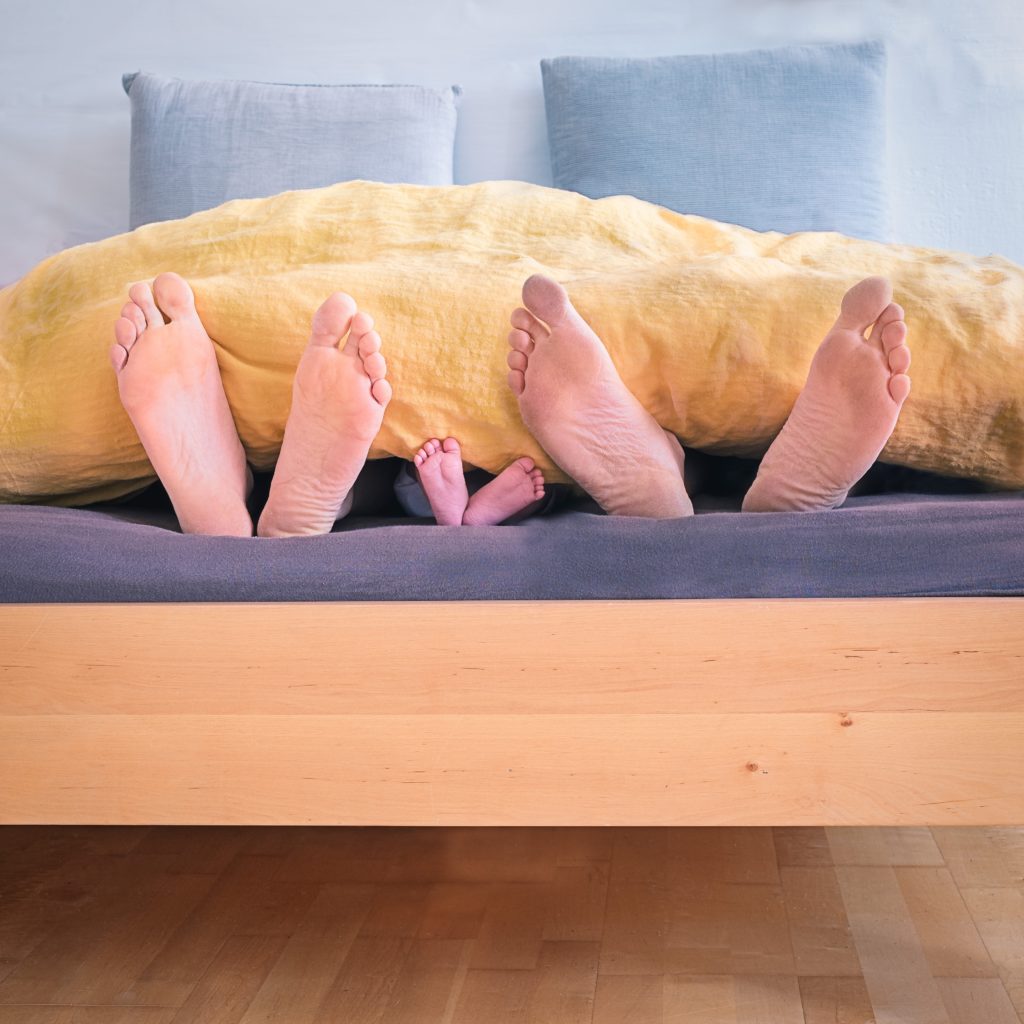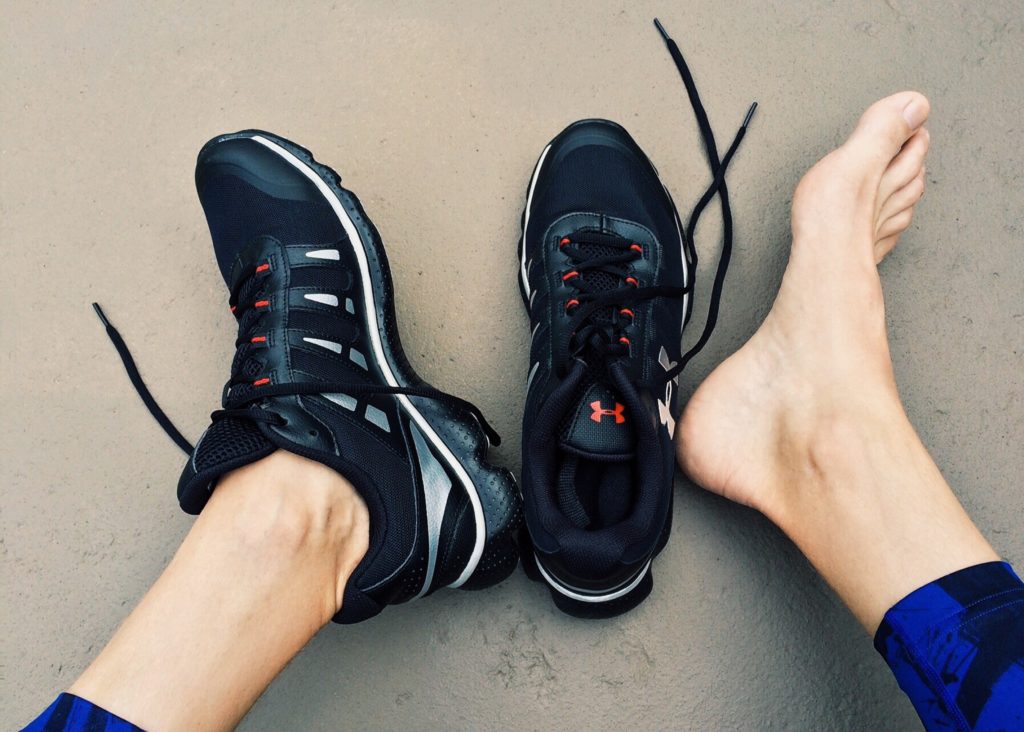Often times our feet are one of the most neglected regions of our body. Why? you might ask. A few excuses often said are that people have a hard time bending over to reach their feet, and that they have a difficult time seeing them for a general visual inspection. I would chalk the rest of the excuses up to the old saying if it is not broke don’t fix it. In other words “I will wait until my feet give me pain, cause knee, hip, or back issues, or I have difficulty walking”. Well, I am hear to tell you not to wait until it is broken. For the most part we are born with the best and healthiest body we will ever have, and despite orthopedic surgeons’ ability to replace some joints, there is nothing we can do to fix or replace body parts back to as good as our original parts. Therefore our best option, is to take the best care of our body in order to get the best longevity, highest quality of life, and least amount of disability.

When you stop and think about it our feet are really amazing for their flexibility, their strength, and their ability to bear a heavy load multiple times our own body weight. The American Podiatric Medical Association describes the feet as: “the human foot is complex, containing within its relatively small size 26 bones (the two feet contain a quarter of all the bones in the body), 33 joints, and a network of more than 100 tendons, muscles, and ligaments, to say nothing of blood vessels and nerves.” Foot ailments are quite common. Some foot ailments are genetic, while most stem from a lifetime of neglect and abuse. An interesting fact about the feet is that a number of diseases are sometimes first detected in the feet, such as diabetes, circulatory disorders, anemia, kidney problems, arthritis, gout, immune system dysfunction, psoriasis, heart conditions, and iron deficiency. This is why it is recommended that certain people have yearly foot check ups, particularly those who are diabetic; it is estimated that 65,000 lower leg amputations occur per year due to complications with diabetes. Some of the most common foot ailments are: athlete’s foot or other foot fungus or bacteria, blisters, bunions, corns, calluses, foot odor often from excessive perspiration, hammertoes, heel pain, heel spurs, plantar fasciitis, ingrown nails, neuromas, and warts often caused by a virus.

However, here is the good news, a lot of foot ailments can be prevented with some simple steps.
- Don’t ignore your feet
- Good hygiene
- Daily foot inspection – checking temperature, skin and nail color, skin and nail thickness, nail pitting, nail concavity, skin cracks, skin pealing, skin cuts, skin wounds or ulcers, swelling, redness, numbness
- Proper nail cutting – trimming should be straight across and not too short, tools should be disinfected each use
- Proper washing and drying – making sure to wash between your toes and dry fully
- Avoid walking bare foot – walking barefooted makes you more prone to cuts and infections
- Understand that the most common places for fungus and bacterial infection is in locker rooms, public showers (wear sandals while in public showers), dressing rooms, and pools.
- Socks – some socks are designed to wick moisture away
You cannot discuss feet without discussing proper footwear. Shoes should be replaced more frequently than you think. When purchasing shoes, buy appropriate fitting shoes for the appropriate activity. Buy shoes near the end of the day, as we tend to be a little bigger then. Air out your shoes and let them dry. Do not wear the same shoes everyday. Do not wear other peoples shoes. Occasionally inspect your shoes fore wear. Find a trained sales person who knows about the shoes they are selling, beyond just finding the size for you. Look for shoes with arch support and cushion in the heel or sole. Shoes should be flexible, unless needed for specific safety needs. The toe box should have at least a 1/2 inch of room from your toes to the end of the toe box, and you should be able to wiggle your toes. Women’s shoes are some of the worst offenders. For example high heels, which have large negative effects on the toes, foot, and ankle, adds instability, and also has a negative effect on the posture of the rest of your body. One option is to limit the time using high heels by switching to walking shoes while driving or walking and then switch to the heels for work or the special event. If you own custom shoe orthotics, take them with you to help find a shoe that accommodates their appropriate use; don’t forget them at the store. Wear the same socks you plan on wearing when purchasing a pair of shoes.
Let’s focus on one common condition “hallux valgus”. You might have just rubbed your eyes saying “what is hallux valgus”? Well, the common term is bunion. A bunion is when your big toe bends towards your second toe and the joint at the base of the big toes gets irritated causing a thickening of the bone and arthritis of the joint. The most common cause of bunions is improper foot wear; for example too small of a shoe, too narrow of a shoe, high heels, and no arch support. Another theory about a possible cause of bunions is that people whose feet pronate, where the arches flatten out and the ankle rolls too far inward, this puts a stress on the big toe which causes it to bend toward the second toe bio-mechanically. A third possible cause is genetic, which kind of plays into the pronation theory. There are some good conservative treatments for bunions if the condition is discovered early enough. Often custom shoe orthotics are necessary to correct foot function and over pronation. Other conservative treatments are toe spacers, cushions or pads, soft splints for in the shoe, hard splints for night time usage, ice, shoes with large and deep toe boxes, ultrasound therapy, anti inflammatory medications and injections. The non conservative treatment usually is surgery where the bunion, or bone growth, is removed and the toe is typically pined in place for a period of time until the healing process allows for removal of the fixating device.
Hopefully this blog has sparked some interest for you to get proactive in your foot health. Clearly this blog can only briefly hit some topics, and if you desire more information seek it from your health care provider. Remember that taking care of your feet ensures your ability to be mobile and have a good quality of life.
